- WhatsApp: +86 19941574798
- sale06@kfqizhongji.com
Material Handling Drive System
Application of Heavy Duty Polyurethane Forklift Wheels
Heavy duty polyurethane forklift wheels have the characteristics of high load-bearing, wear-resistant and impact-resistant, oil-resistant and non-marking, which can extend the life of forklifts, act as active wheels/driven wheels.
Heavy-duty polyurethane forklift wheels demonstrate exceptional performance in material storage and handling scenarios due to their high load capacity, wear/impact resistance, oil resistance, and non-marking characteristics. These wheels not only effectively extend forklift service life and reduce maintenance costs but also serve as drive/idler wheels to meet diverse operational requirements. This article systematically introduces the advantages, types, and selection guidelines for polyurethane forklift wheels.
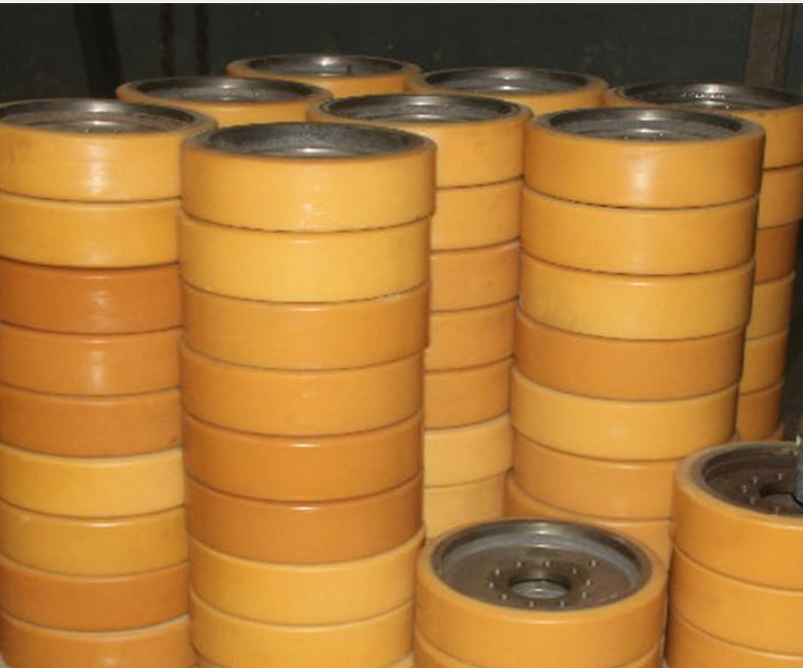
Outstanding Characteristics of Polyurethane Wheels
Exceptional Load-Bearing Performance: the high density of polyurethane material allows it to withstand greater weights, making it particularly suitable for heavy-duty forklifts and high-intensity working environments.
Excellent Wear and Cut Resistance: compared to traditional rubber wheels, polyurethane wheels offer superior wear resistance, significantly extending service life and effectively reducing replacement frequency and maintenance costs.
Strong Impact Resistance: capable of effectively absorbing vibrations, reducing impact when forklifts drive on uneven roads, and enhancing operational stability.
Non-Marking and Anti-Slip Properties: do not leave black marks on the ground while providing good grip, making them especially suitable for clean rooms and smooth floor environments.
Excellent Oil and Chemical Resistance: suitable for oily and chemical environments, resistant to aging and deformation, maintaining long-term stable performance.
Classification of Heavy-Duty Polyurethane Forklift Wheels
Based on the forklift's operational mode, polyurethane forklift wheels are mainly categorized as follows:
Idler Wheels (Non-Drive Wheels)
Primary Function: Support the forklift's weight, assist with steering, and stabilize the frame.
Key Features: Typically installed at the front or rear non-drive end; utilize a wide face design to enhance load capacity; suitable for low-friction environments like smooth floors or racking areas.
Drive Wheels
Primary Function: Directly connected to the motor or transmission system, providing driving force, affecting the forklift's traction performance and maneuverability.
Key Features: Usually employ high-friction coefficient polyurethane material to ensure good power transmission; the surface may have tread patterns or grooves to improve grip; suitable for scenarios like high-load handling and ramp operations.
Conclusion
With their exceptional load capacity, wear resistance, and stability, polyurethane forklift wheels are an ideal choice for modern logistics handling equipment. Correctly selecting the wheel type (idler, drive, or steer wheel) and adhering to usage specifications can significantly improve forklift operational efficiency and service life while effectively reducing maintenance costs. It is recommended to select the appropriate polyurethane wheel model based on actual working conditions (such as load, ground conditions, ambient temperature, etc.) to ensure optimal performance.
Categories
Recent Cases
Recent Products
Recent Blogs
- Polyurethane Forklift Wheels for Warehousing Pallet Handling
- What industries benefit most from using polyurethane industrial wheels?
- How do polyurethane wheels compare to metal wheels?
- Applications of Polyurethane Wheels in Mining
- How do you maintain polyurethane wheel longevity?
- How To Choose Industrial Wheels For Amusement Rides
- Polyurethane Wheels Noise Reduction 70 Percent Quieter
- Polyurethane Coated Wheels Superior Performance Advantages
- Advantages of Heavy-Duty Polyurethane Cast Iron Wheels
- Why Are NDI Drive Rollers the Premier Choice for Pallets?

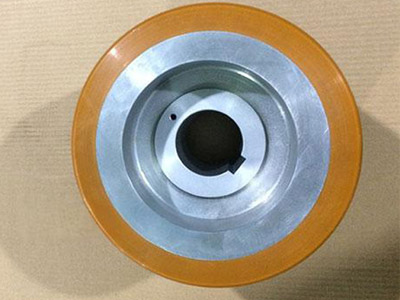
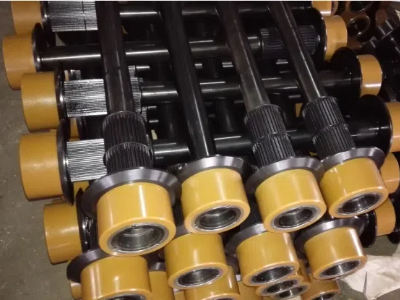
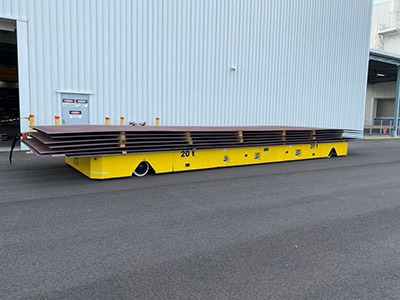
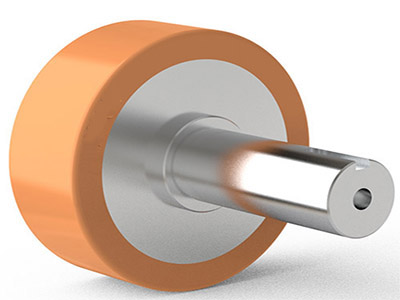
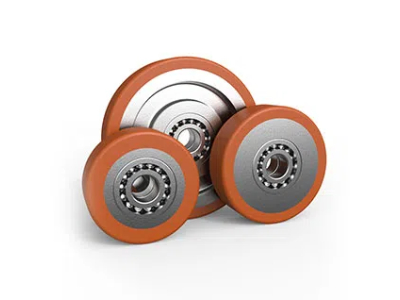
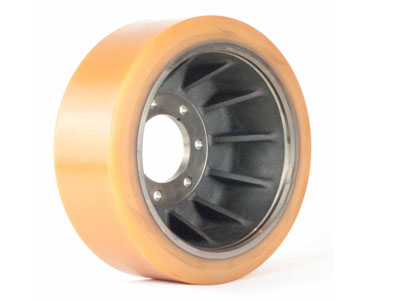
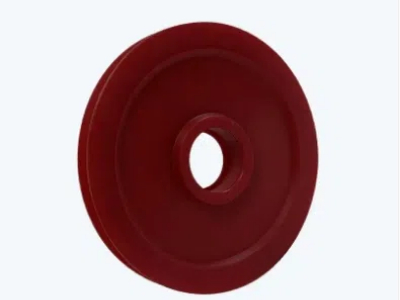
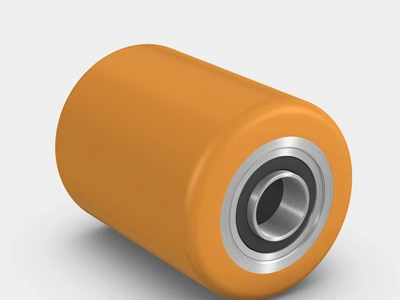
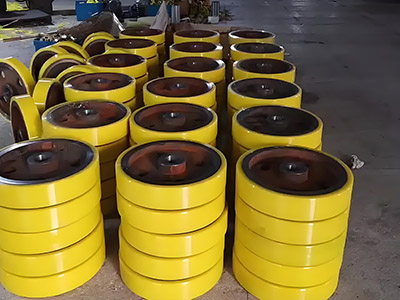
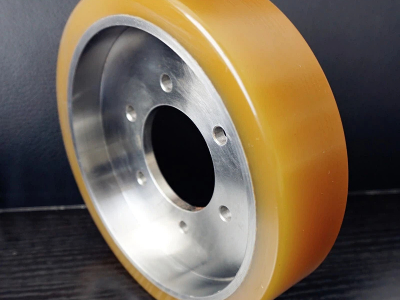
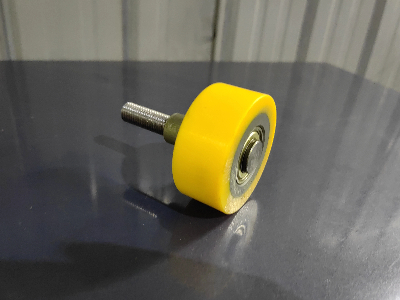
Rail-Guided Vehicle (RGV) PU Wheels in Automated Material Handling
Applications of Polyurethane AGV Drive Wheels